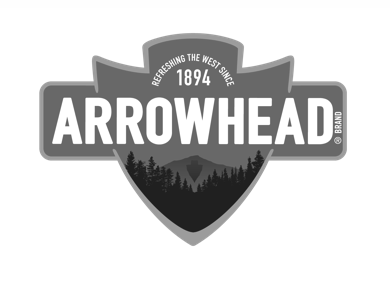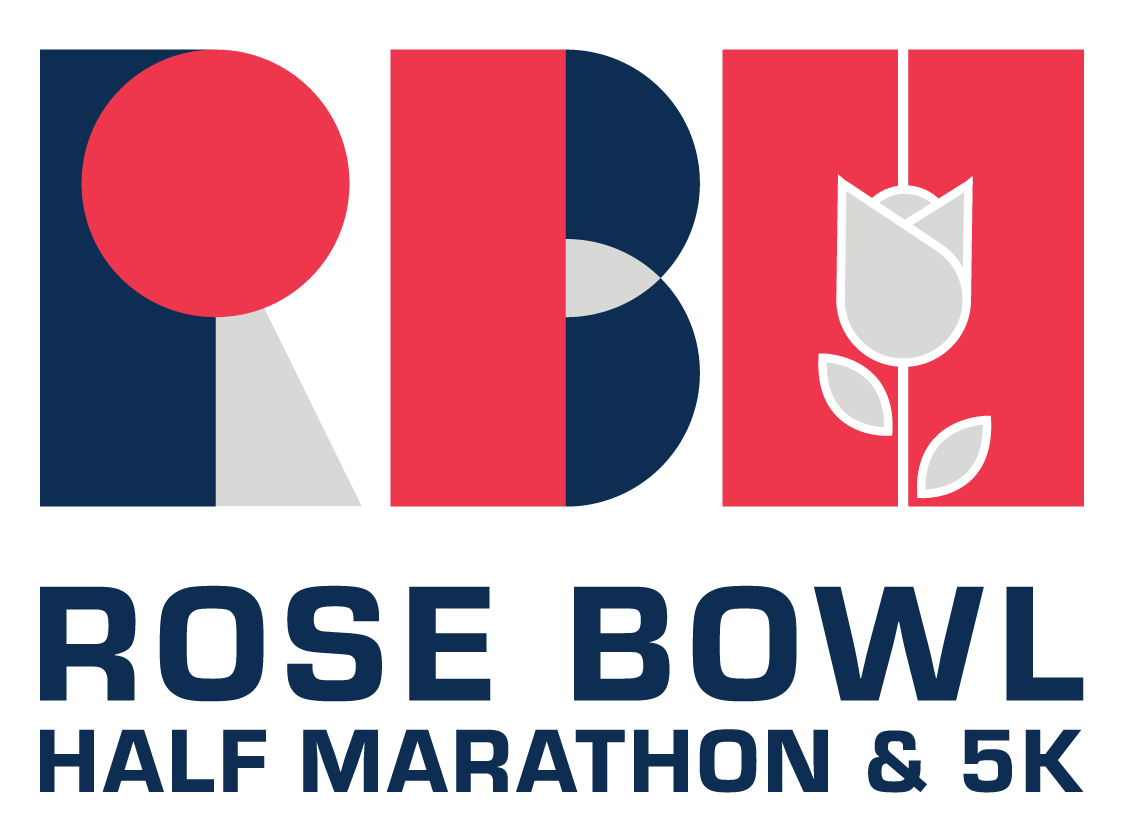Rose Bowl Half & 5k
The Rose Bowl Half Marathon & 5K is a truly unforgettable race experience and with a picturesque tour through beautiful Pasadena, passing landmarks like the Colorado Street Bridge, Old Town Pasadena and Cal Tech University before a one-of-a-kind finish on the field at the world-famous Rose Bowl. We hope you'll kick off the year with us and support The McCourt Foundation mission to cure neurological diseases while empowering communities build a healthier world!
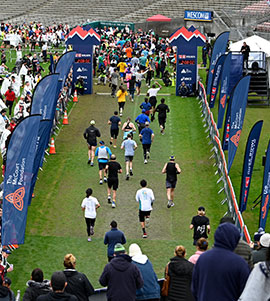
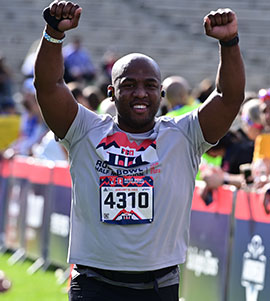

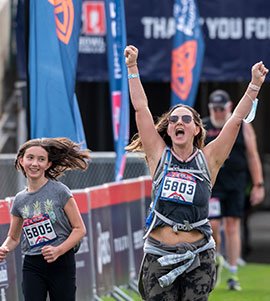
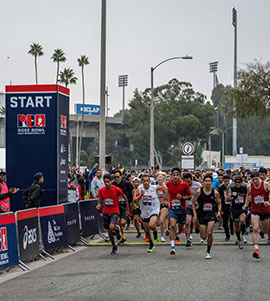
Stories

Meet Shamar: Team TMF Participant and LA Marathon Ambassador
Growing up, Shamar never considered himself to be a runner. Although he was an active basketball athlete, running never came easy to him. In 2004, Shamar was inspired to run a marathon in honor of...
Read more
Meet Jeremy: Crossed off a bucket list race in honor of his Grandfather
Jeremy learned about The McCourt Foundation and Team TMF while looking at the registration options for the 2021 LA Marathon. "I am extremely excited to use my passion for running as an opportunity to raise...
Read more
Meet Carrie: Carrie ran the LA Marathon for her Mom
“I had a friend who was running the LA marathon for the 2nd time and trying to get under 4 hours. I decided to run with her to help her achieve her goal. When I went...
Read morePartners



